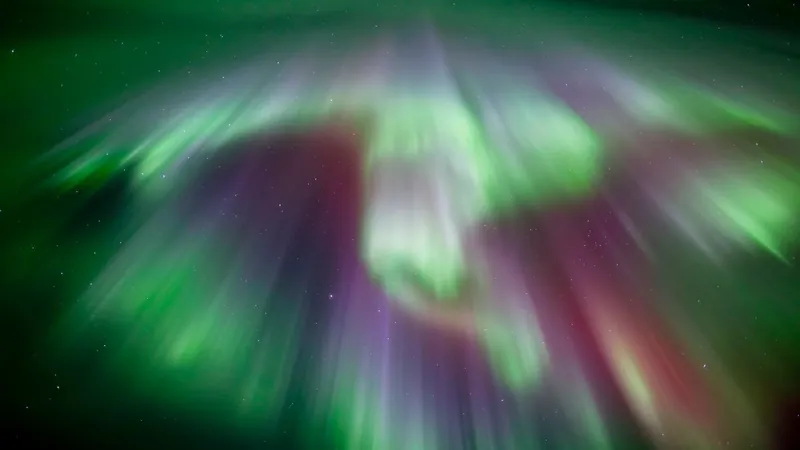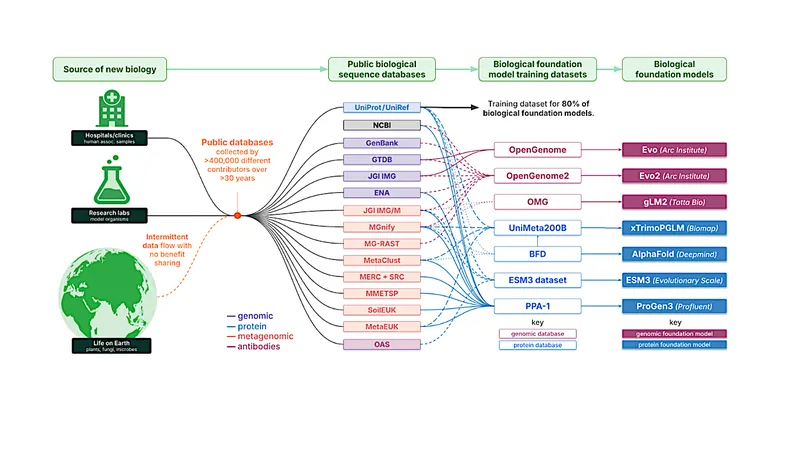
Get Ready for a Celestial Spectacle: Northern Lights May Dazzle as Far South as Illinois!
2024-12-30
Author: Daniel
Get Ready for a Celestial Spectacle: Northern Lights May Dazzle as Far South as Illinois!
Prepare your cameras and your warm clothes because this New Year’s Eve, the skies might just surprise you! A powerful geomagnetic storm, driven by a coronal mass ejection (CME) from the sun, is set to ignite mesmerizing northern lights, potentially visible much deeper into the mid-latitudes than usual. Expect vivid displays as far south as Illinois and Oregon tonight and tomorrow (December 30 to December 31).
The National Oceanic and Atmospheric Administration (NOAA) has issued a G3 (strong) geomagnetic storm warning, with intense action anticipated to peak on December 31. This is undoubtedly exciting news for anyone hoping to catch a glimpse of the aurora borealis, which dance in brilliant greens and purples across the sky.
So, what’s causing this fantastic phenomenon? The event is a result of a recent surge in solar activity. On December 29, a significant CME erupted from the sun, sending a massive wave of charged particles toward Earth. Solar astrophysicist Ryan French noted that this storm follows several other significant solar flares, including a potent X-class flare. As French explained on social media: “The Sun has really stepped up over the past few days, with lots of solar flares leading to Earth-directed eruptions that will bring auroras to the 31st!”
When these CMEs hit Earth's magnetosphere, they introduce electrically charged particles that interact with Earth’s magnetic field! This collision releases energy, giving rise to the beautiful light displays we adore in the night sky. In the Northern Hemisphere, we call this captivating phenomenon the northern lights, and in the Southern Hemisphere, it’s the aurora australis.
NOAA uses a G-scale to classify geomagnetic storms, with categories ranging from G1 (minor) to G5 (extreme). The current forecast ratings indicate this will be a strong event, boasting conditions classified as G3.
So, when can you expect the best views? According to current predictions, elevated geomagnetic activity is likely to occur between 10 p.m. ET on December 30 and 10 a.m. ET on December 31 (which translates to 0300 GMT and 1500 GMT). There’s also another anticipated surge from 4 p.m. ET (2100 GMT) to 10 p.m. ET on December 31 (around 0300 GMT on January 1).
It's essential to keep in mind that space weather can be unpredictable, just like any weather forecast. Despite the excitement, some storms may not deliver the anticipated show, which makes staying informed crucial. If you want to track these cosmic events accurately, consider downloading a space weather app like "My Aurora Forecast & Alerts" or "Space Weather Live," which can provide real-time updates and personalized alerts for your area.
As the countdown to the New Year's begins, keep your eyes on the skies. The northern lights may just be the highlight of your celebrations!



 Brasil (PT)
Brasil (PT)
 Canada (EN)
Canada (EN)
 Chile (ES)
Chile (ES)
 Česko (CS)
Česko (CS)
 대한민국 (KO)
대한민국 (KO)
 España (ES)
España (ES)
 France (FR)
France (FR)
 Hong Kong (EN)
Hong Kong (EN)
 Italia (IT)
Italia (IT)
 日本 (JA)
日本 (JA)
 Magyarország (HU)
Magyarország (HU)
 Norge (NO)
Norge (NO)
 Polska (PL)
Polska (PL)
 Schweiz (DE)
Schweiz (DE)
 Singapore (EN)
Singapore (EN)
 Sverige (SV)
Sverige (SV)
 Suomi (FI)
Suomi (FI)
 Türkiye (TR)
Türkiye (TR)
 الإمارات العربية المتحدة (AR)
الإمارات العربية المتحدة (AR)